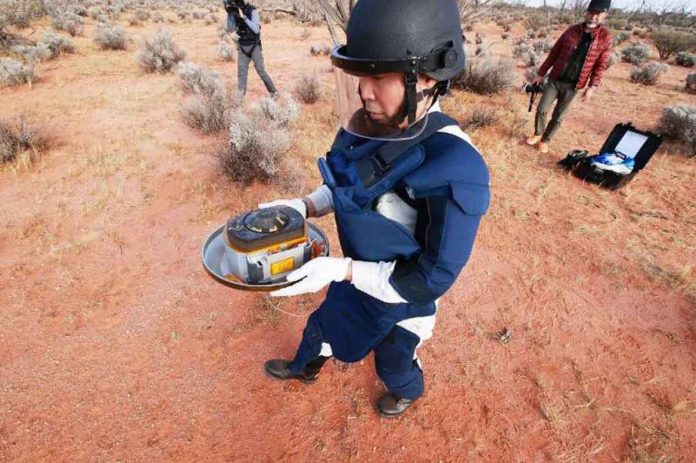Water may have been brought to Earth by asteroids from the solar system’s outskirts, according to scientists who examined rare samples collected on a six-year Japanese space mission.
Researchers are examining material brought back to Earth from the asteroid Ryugu in 2020 in order to shed light on the origins of life and the formation of the universe.
The 5.4 grammes (0.2 ounces) of rocks and dust were collected by Hayabusa-2, a Japanese space probe that landed on the celestial body and fired an “impactor” into its surface.
Studies on the material are beginning to be published, and one group of researchers announced in June that they had discovered organic material indicating that some of the building blocks of life on Earth, amino acids, may have formed in space.
According to a new paper published in the journal Nature Astronomy, the Ryugu samples could provide answers to the mystery of how oceans first appeared on Earth billions of years ago.
“Volatile and organic-rich C-type asteroids may have been one of the primary sources of Earth’s water,” according to a study published Monday by scientists from Japan and other countries.
“The delivery of volatiles (organics and water) to the Earth is still a topic of significant debate,” it said.

However, the organic materials discovered “in Ryugu particles identified in this study are likely to represent one important source of volatiles.”
The scientists speculated that such material was most likely from the “outer Solar System,” but it was “unlikely to be the only source of volatiles delivered to the early Earth.”
Hayabusa-2 was launched in 2014 on a mission to Ryugu, which is approximately 300 million kilometres away, and returned to Earth’s orbit two years ago to drop off a capsule containing the sample.
The findings made possible by the mission were lauded once more in the Nature Astronomy study.
“Ryugu particles are without a doubt among the most uncontaminated Solar System materials available for laboratory study,” the study said. “Ongoing investigations of these precious samples will undoubtedly expand our understanding of early Solar System processes.”

